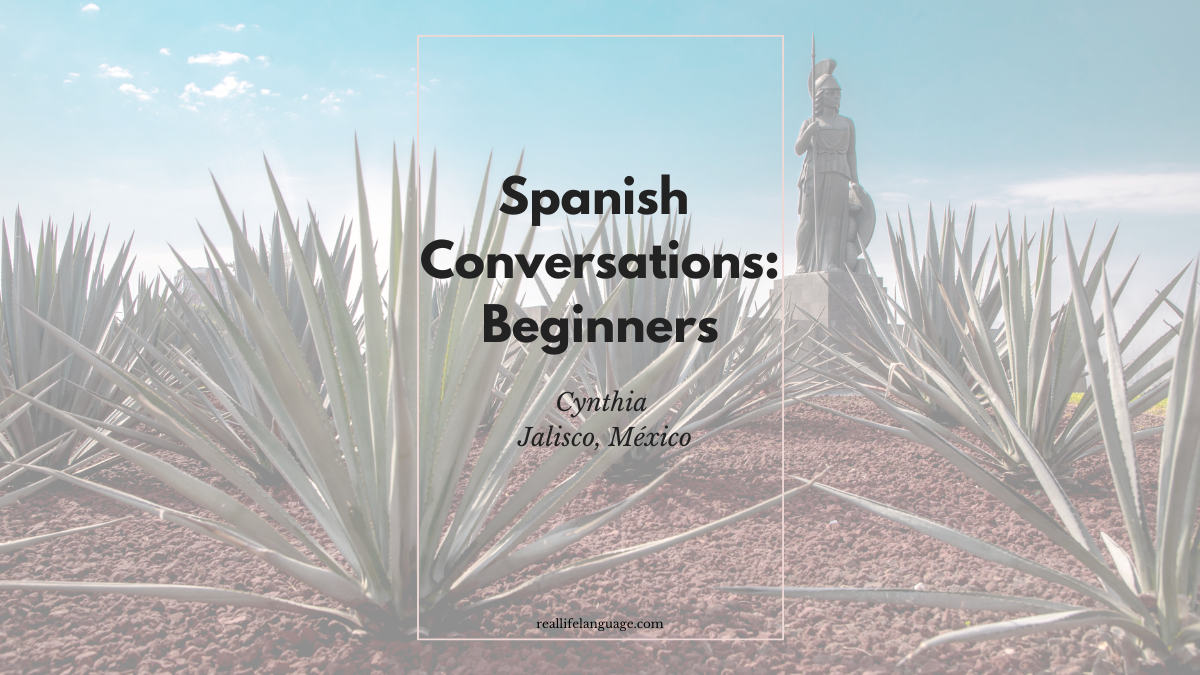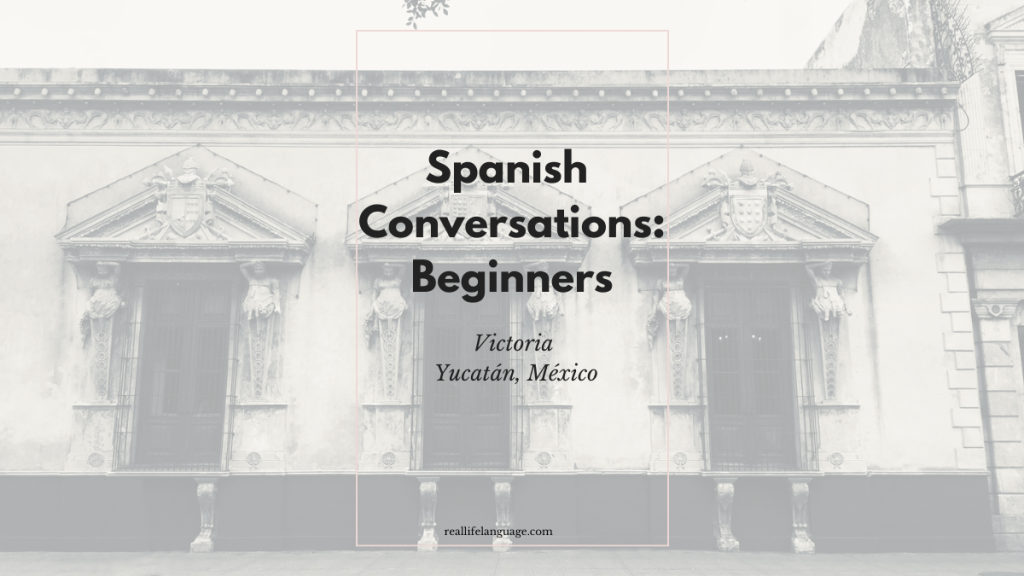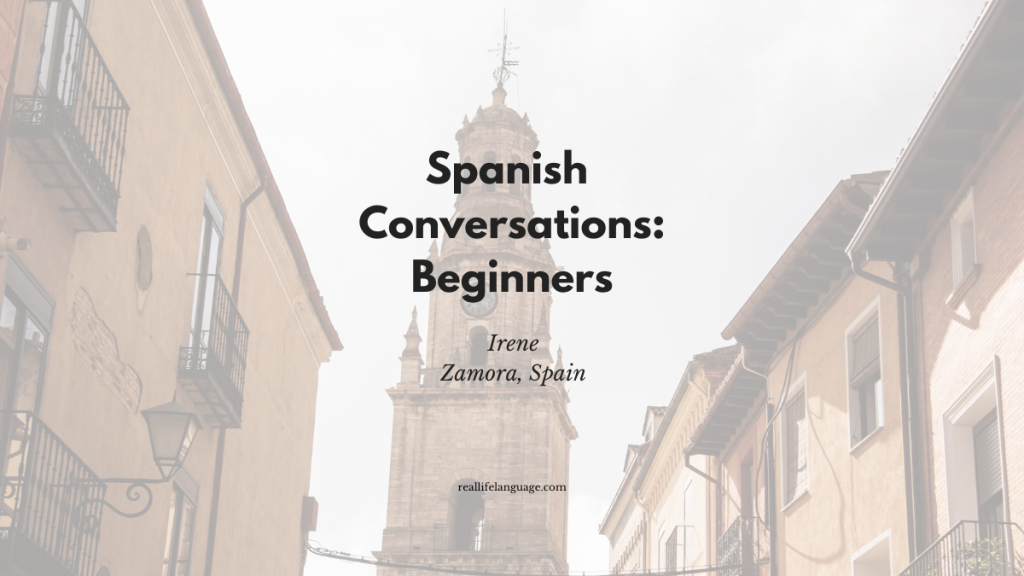
This article breaks down a natural, beginner-friendly Spanish conversation so learners can learn Spanish phrases, vocabulary, and cultural notes from a real exchange. The conversation features a young woman from Arandas, Jalisco, describing her family, daily routine, hobbies, and hometown. Use the phrases, practice prompts and grammar tips below to improve listening, speaking and vocabulary.
Conversation overview
The speaker introduces herself, gives basic personal information (name, age, birthplace), and talks about family, routine, hobbies and local culture. This kind of dialogue is perfect for beginners because it uses simple present tense, common questions, and short answers — the building blocks for everyday communication.
Main topics covered
- Personal information: name, age, birthplace
- Family: who makes up the household
- Physical and personality descriptions
- Languages spoken
- Daily routine and work/study schedule
- Hobbies and weekend activities
- Shopping habits and nearby cities
- Local food and cultural celebrations
Useful phrases from the conversation (with translations)
Below are common questions and answers that appear in the dialogue. These are highly useful for beginners learning Spanish.
- ¿Cómo te llamas? — What is your name?
- Me llamo [Nombre]. — My name is [Name].
- ¿Dónde vives? — Where do you live?
- Vivo en Arandas, Jalisco. — I live in Arandas, Jalisco.
- ¿Cuándo es tu cumpleaños? — When is your birthday?
- Mi cumpleaños es el 9 de mayo. — My birthday is May 9th.
- ¿Tienes hermanos? — Do you have siblings?
- Soy hija única. — I’m an only child.
- ¿Cómo eres? — What are you like? (personality)
- Soy calmada, paciente y responsable. — I am calm, patient and responsible.
- ¿Qué idiomas hablas? — Which languages do you speak?
- Hablo español e inglés. — I speak Spanish and English.
- ¿Qué hiciste el verano pasado? — What did you do last summer?
- Fui a la playa con mi familia. — I went to the beach with my family.
Key vocabulary by topic
- Family: mamá (mom), papá (dad), hermanos (siblings), hija única (only child)
- Physical descriptions: bajo/a (short), delgado/a (thin), pelo castaño (brown hair), ojos marrones (brown eyes)
- Personality: tranquilo/a (calm), paciente (patient), responsable (responsible), amable (kind)
- Places: ciudad (city), pueblo (town), centro (town centre), mercado (market)
- Food from Jalisco: tacos, barbacoa, torta ahogada
- Hobbies: ver películas (to watch movies), ir de compras (to go shopping), salir a comer (to eat out)
Grammar and learning tips
Use these notes to understand how the conversation is formed and to practise producing your own answers.
1. Present tense for routines and facts
Simple present is used to describe routines and general facts: Me levanto (I get up), Trabajo en la tarde (I work in the afternoon). Practise by describing your own day using verbs like levantarse, desayunar, trabajar, estudiar, dormir.
2. Describing people: ser vs estar
- Use ser for permanent traits: Soy responsable (I am responsible).
- Use estar for temporary states: Estoy cansada (I am tired).
3. Asking questions
Common question starters: ¿Cómo? (How?), ¿Dónde? (Where?), ¿Cuándo? (When?), ¿Qué? (What?), ¿Quién? (Who?). Practise forming simple questions with these starters.
Cultural notes: Jalisco and everyday life
The conversation gives a glimpse of life in a small Jalisco town: frequent local fiestas, abundant taco stands, and a habit of travelling to nearby larger cities like Guadalajara for shopping. Football (soccer) is the most popular sport, played and watched by many. These details help learners build cultural context and useful conversation topics when speaking to native speakers.
Practice activities
- Roleplay: Swap roles and ask/answer these questions in Spanish:
- ¿Cómo te llamas?
- ¿Dónde vives?
- ¿Qué haces los fines de semana?
- Fill-in-the-blank (write full answers):
- Mi cumpleaños es el ________.
- En mi ciudad hay muchos ________ (places or foods).
- Describe yourself in Spanish using three personality adjectives and two physical traits.
- Translate five favourite hobbies from English to Spanish and use them in a sentence: e.g., “Me gusta ver películas los sábados.”
Short listening comprehension
After watching the conversation, check understanding by answering these in Spanish or English:
- Where is the speaker from?
- How many siblings does she have?
- What languages does she speak?
- Where does she go shopping when she needs more stores?
- What are typical foods mentioned from Jalisco?
Conclusion
This conversation is an excellent resource for beginners who want to learn Spanish through natural, everyday topics. Learners can pick up basic questions, common answers, cultural vocabulary and simple grammar all at once. Use the phrases and practice activities here to build confidence and expand speaking ability. To continue practising, replay the dialogue, shadow the speaker, and try answering the questions aloud in Spanish.
100s of videos to learn Spanish:
https://real-life-language.kit.com/b1531a6404
Learn Spanish: Everyday Spanish Conversations with Julia from Puerto Real

